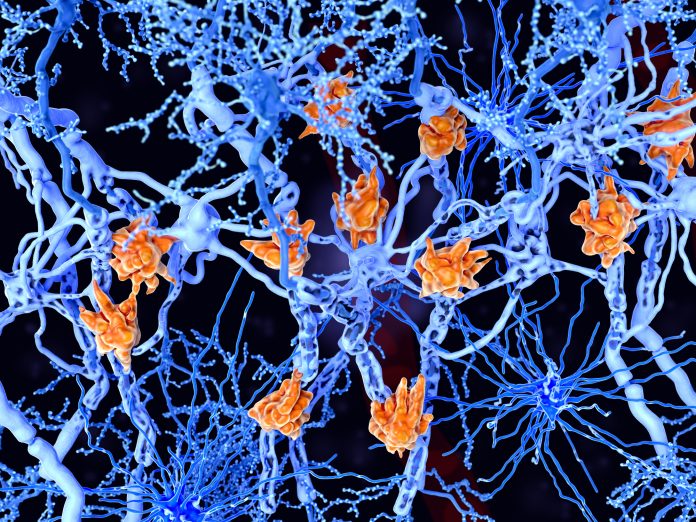
Biomarker analysis company Quanterix announced today that its Simoa neurofilament light chain (NfL) plasma test has been granted Breakthrough Device designation by the FDA to aid in assessing the likelihood of disease activity in patients diagnosed with relapsing-remitting Multiple sclerosis (RRMS). While Breakthrough Device designation is intended to allow patients with early access to emerging technologies, it does not assure the test will ultimately receive marketing approval. It will, however, provide Quanterix with an accelerated development, assessment, and review processes for Simoa.
“For the more than two million people suffering from MS worldwide, there’s an important need for more informed and effective treatment options,” said Kevin Hrusovsky, chairman and CEO of Quanterix in a press release. “Obtaining FDA breakthrough device designation for our plasma NfL MS test was a key objective for 2022. We are pleased to have the opportunity to work with the FDA to help advance the Quanterix Simoa NfL test towards regulatory approval.”
Quanterix’s NfL technology is a digital immunoassay that quantitatively measures NfL in human serum and plasma. When used in conjunction with other clinical tests assessing RRMS, it can be a tool to help stratify those at high risk of relapse within four years for patients with RRMS. Using this information, clinicians should be able to create more tailored approaches for treating the disease.
Research supporting breakthrough designation
Data to support the FDA designation was derived from a study at the University of Basel, and University Hospital Basel the employed the company’s Simoa platform to to identify and interpret elevated values of sNfL in individual MS patients. The research, published in The Lancet Neurology, looked to assess the use of serum neurofilament light chain (sNfL) as a biomarker of RRMS and to develop a reference database for this biomarker.
To develop the database, the researchers enrolled four cohorts of patients without evidence of CNS in four control groups from North America and Europe. “We modeled the distribution of sNfL concentrations in function of physiological age-related increase and BMI-dependent modulation, to derive percentile and Z score values from this reference database, via a generalized additive model for location, scale, and shape,” the researchers wrote. “We tested the reference database in participants with multiple sclerosis in the Swiss Multiple Sclerosis Cohort (SMSC). We compared the association of sNfL Z scores with clinical and MRI characteristics recorded longitudinally to ascertain their respective disease prognostic capacity.”
The retrospective study found that an sNfL Z score above 1·5 was associated with an increased risk of future clinical or MRI disease activity in all people with multiple sclerosis (odds ratio 3·15, 95% CI 2·35–4·23; p<0·0001) and in people considered stable with no evidence of disease activity (2·66, 1·08–6·55; p=0·034). Increased Z scores outperformed absolute raw sNfL cutoff values for diagnostic accuracy.
“There has been an ever-growing body of research with the Simoa® NfL blood test supporting NfL as a reliable biomarker for MS disease activity prognosis and treatment response monitoring,” said Dr. Mark S. Freedman, professor of Neurology and director of Multiple Sclerosis Research at the Ottawa Hospital. “The FDA’s grant of Breakthrough Device designation for this test has the potential to help the multiple sclerosis community further advance the optimal use of NfL measurements in both research and clinical practice aimed at more effective therapeutic management of the disease for the millions of patients suffering from the condition.”











